Multistage Sampling, PDF
-

Coupling Method for Multistage Sampling
download now -
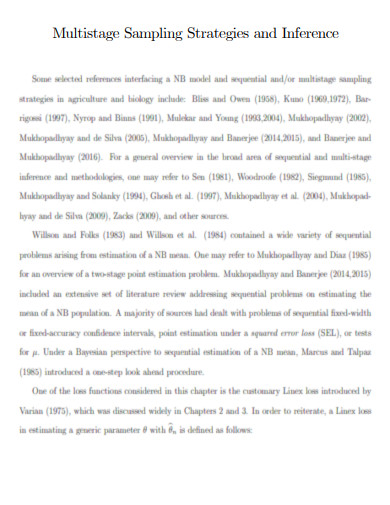
Multistage Sampling Strategies
download now -
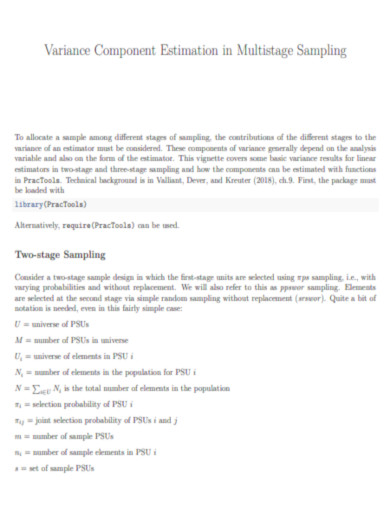
Variance Component Estimation in Multistage Sampling
download now -
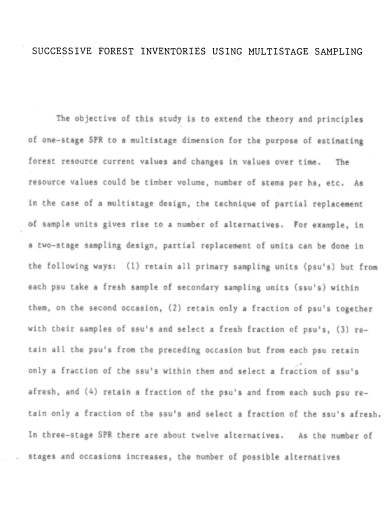
Successive Forest Inventories Using Multistage Sampling
download now -

Multistage Sampling PDF
download now -
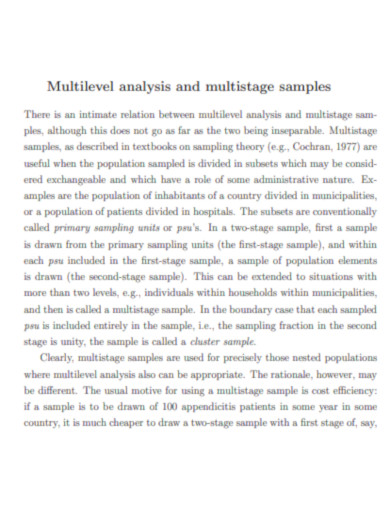
Multilevel Analysis and Multistage Sampling
download now -
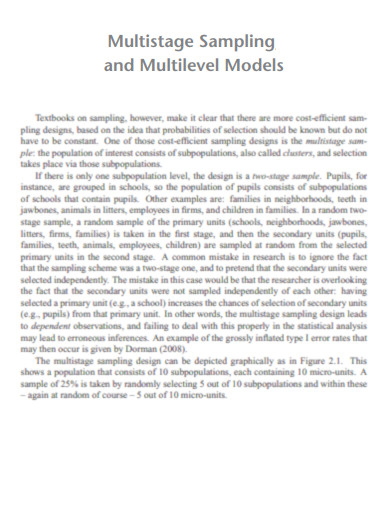
Multistage Sampling and Multilevel Models
download now -
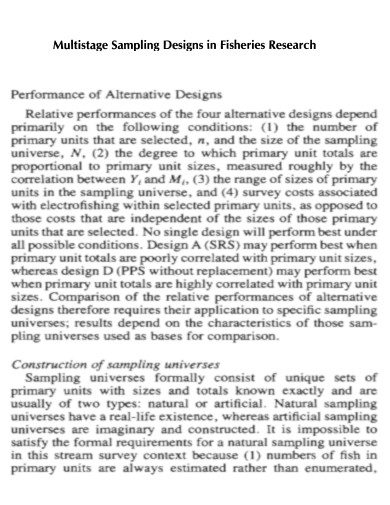
Multistage Sampling Designs in Fisheries Research
download now -
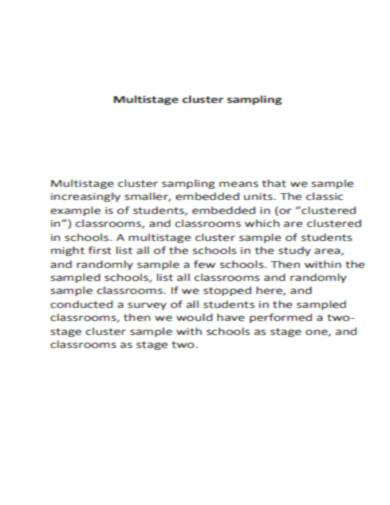
Multistage Cluster Sampling
download now -
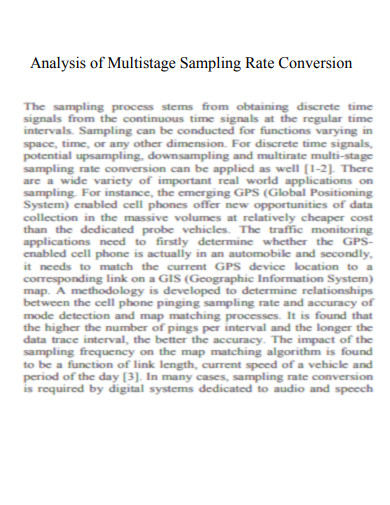
Analysis of Multistage Sampling Rate Conversion
download now -
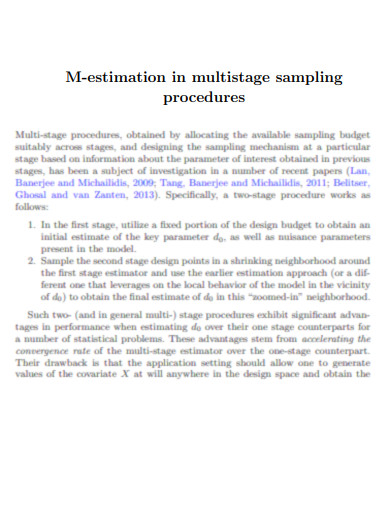
M-estimation in Multistage Sampling Procedures
download now -
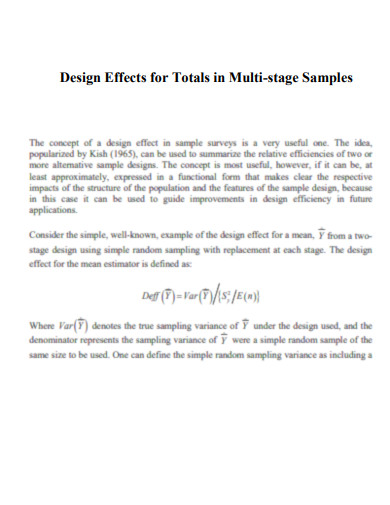
Design Effects for Totals in Multi-stage
download now -

Basic Multistage Sampling
download now -
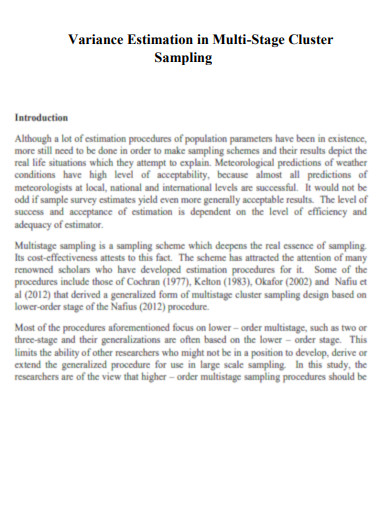
Variance Estimation in Multistage Cluster Sampling
download now -
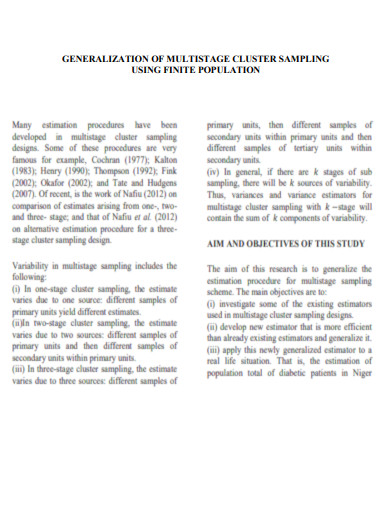
Generalization of Multistage Sampling
download now -
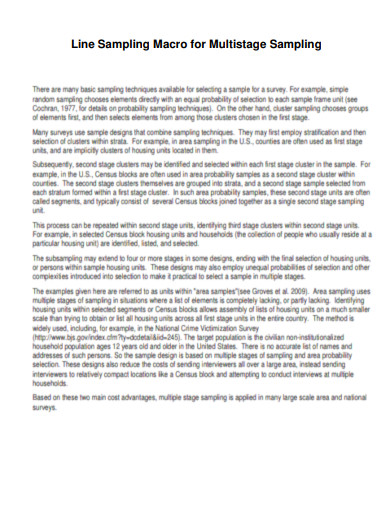
Line Sampling Macro for Multistage Sampling
download now -
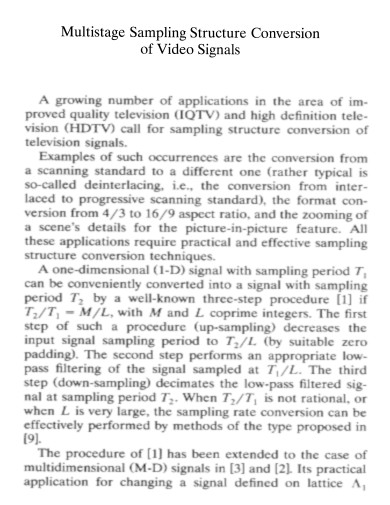
Multistage Sampling Structure Conversion Video Signal
download now -

Printable Multistage Sampling
download now -
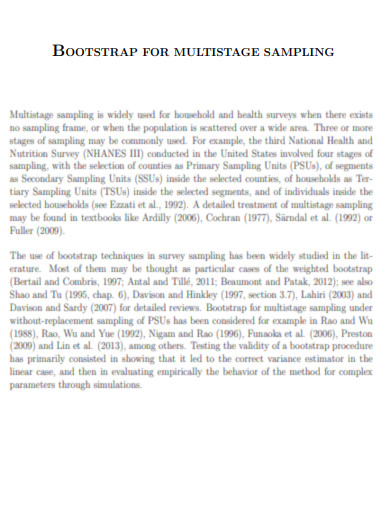
Bootstrap for Multistage Sampling
download now -
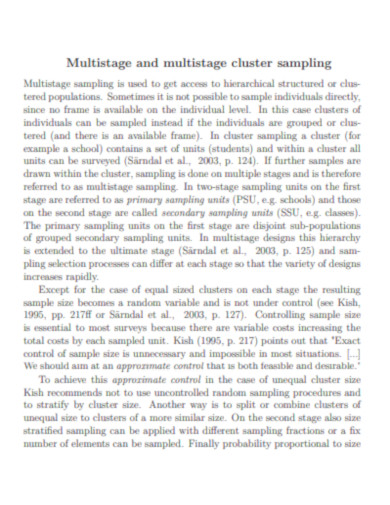
Multistage Sampling Format
download now -

Stratified Multistage Sampling
download now -

Estimation in Multistage Sampling
download now -

Designing and Simulating a Multistage Sampling
download now -

General Multistage Sampling
download now -
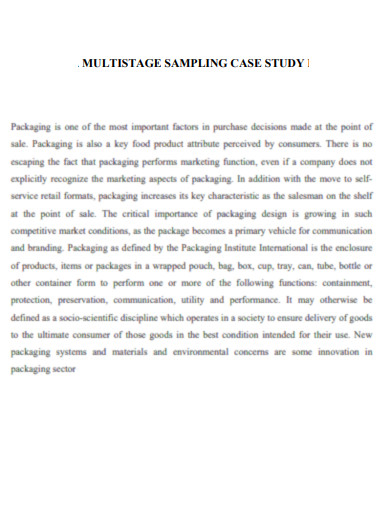
Multistage Sampling Case Study
download now -
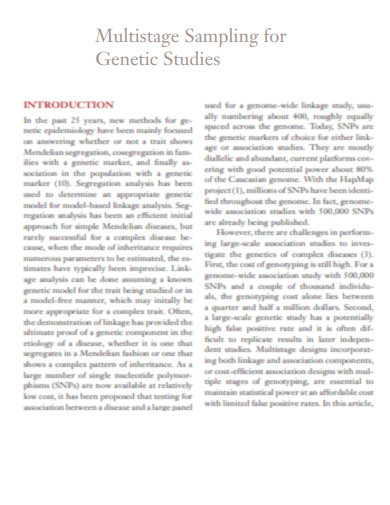
Multistage Sampling for Genetic Studies
download now -
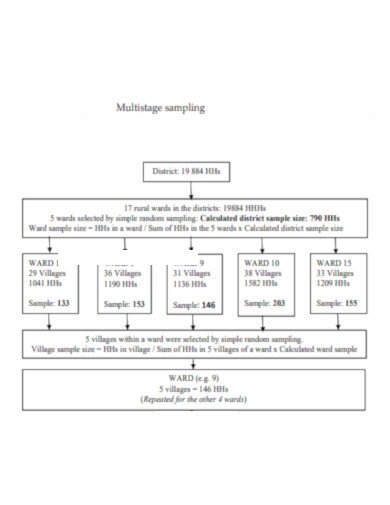
Multistage Sampling of Households
download now -
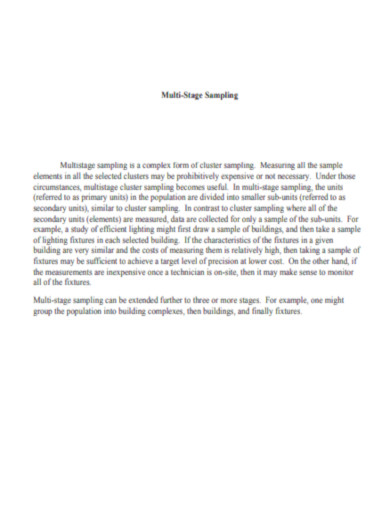
Simple Multistage Sampling
download now
FREE Multistage Sampling s to Download
Multistage Sampling, PDF
What is Multistage Sampling?
Types of Multistage Sampling
Advantages of Multistage Sampling
How to Conduct Multistage Sampling Research
FAQs
What are the differences between multistage sampling and multiphase sampling?
How to choose a sampling technique for research?
Why is multistage sampling cost-effective?
Why do researchers use multistage sampling?
What are the different types of multistage sampling?
How to minimize the sampling error?
What are the advantages and disadvantages of multistage sampling?
What is Multistage Sampling?
Multistage sampling is one of the complex yet cost-efficient sampling methods used by statisticians and survey researchers to obtain a sample from a population by dividing them into smaller and smaller clusters and collecting samples of individuals from the smallest resulting groups. Also referred to as two-stage cluster sampling, multistage cluster sampling, and mixed-methods sampling, this sampling method is a subtype of cluster sampling as it involves multiple cluster sampling at different stages or phases. Based on some findings about the calculations of statistics for multistage sampling, approximately between 30 and 50 strata work effectively for multistage samples using regression analysis.
For example, suppose you need to estimate the average household income in the United States. Assume that there are 100 million households which represents the whole population you want to survey. It would be costly and time-consuming to gather income data on each household, so you collect a simple random sample of 15 states. After that, collect a simple random sample of 10 counties within each state and then, gather a simple random sample of 100 households within each county. Thus, the resulting sample would include 15,000 total households. There were three different stages used in this example, that’s why this is called multistage sampling.
Types of Multistage Sampling
Being an extended version of cluster sampling, multistage sampling is a sampling method used to collect data from smaller groups of your target population through different stages. If you want to gather data from a large, dispersed population, experts in survey research highly recommend that you use multistage sampling.
Advantages of Multistage Sampling
Multistage sampling is one of the effective probability sampling techniques used in wide-ranging fields such as in collecting household data for the census, assessing quality control, and gathering data for survey polls such as agriculture and population surveys. What are the major advantages of using multistage sampling?
How to Conduct Multistage Sampling Research
Conducting multistage sampling research provides a useful approach when survey researchers don’t have a sufficient list of the individuals in a population and no method to collect directly from the population. Understand the basic steps on how to conduct this type of sampling strategy for your survey research project.
Step 1: Think Mindfully
It is a good practice that you brainstorm and think mindfully about a way to carry out multistage sampling research. Make sure that the process design you will implement is both cost-efficient and time-efficient. You must retain its randomness and its sample size. Ask a professional expert in this field when you adopt this sampling method for the first time.
Step 2: Divide the Population into Primary Sampling Units
Divide up the population into clusters and choose some of them that are mutually exclusive and exhaustive as your primary sampling units (PSUs) using a probability sampling method. If you want to make sure that the units are actual representatives of the larger population, use a stratified multistage sample like large-scale surveys, a combination of cluster and stratified random sampling. Start when you stratify your clusters at the first stage and select clusters. In this way, you can sample from within each cluster or unit to make new units.
Step 3: Select your Secondary Sampling Units
Split your primary secondary sampling units to get to smaller sampling units. Choose only some of these smaller units from within each selected PSU to obtain your secondary sampling units (SSUs). If you want to end in this stage, this sampling strategy is called two-stage or double-stage sampling. It is optional to continue the process as you keep adding more stages. But continuing this process can further simplify your research process.
Step 4: Repeat the Process
Check your survey research work if you need to repeat the process of dividing up each sampling unit furthermore and choosing a few of them for the next stage. In the last stage, you finally obtain your ultimate sampling units as these units create the final sample that you will gather data from.
FAQs
In multistage sampling, the respondents or sampling units are of different sizes in different stages as the size of sampling units at any stage will be larger than the units at any succeeding stage. On the other hand, multiphase sampling is a sampling method used by researchers when the sampling unit is similar in all phases.
Choose a sampling technique for your research study or experiment based on the major goals and objectives of your work. For example, if you prefer to investigate for sampling bias, use a random sampling technique. Some examples of random sampling techniques are cluster, stratified, and systematic sampling.
Multistage sampling is a cost-effective, convenient, and economical sampling method because researchers are able to collect certain items of information from a sample constituting only a portion of the original sample.
Researchers adopt multistage sampling in their survey research so that they can easily collect, manage, and interpret the data after splitting the population into clusters or groups at different stages.
The different types of multistage sampling are multistage cluster sampling and multistage random sampling.
Reduce the sampling error in your survey research by using a sample error formula. Increase the sample size to create a more precise result and divide the population into smaller clusters. Implement random sampling and analyze your target market for your surveys.
The advantages of multistage sampling are researchers don’t have to being with a sampling frame of their population of interest, this sampling technique is relatively inexpensive and effective when researchers have a large or geographically dispersed population compared to a simple random sample, and it is versatile as researchers can adopt different sampling methods between stages according to their feasibility. On the contrary, the disadvantages of multistage sampling are researchers need a larger sample size for a multistage sample to reach the same statistical inference properties, they need logical reasoning for their decision to avoid biased decision-making, and this sampling method can lead to unrepresentative samples due to sampling bias.
What are the differences between multistage sampling and multiphase sampling?
How to choose a sampling technique for research?
Why is multistage sampling cost-effective?
Why do researchers use multistage sampling?
What are the different types of multistage sampling?
How to minimize the sampling error?
What are the advantages and disadvantages of multistage sampling?
Conduct multistage sampling research when you need to make clusters and subclusters until you reach your preferred size or type of group for your survey. It is a cost-efficient, economical, and fantastic sampling technique that can help researchers in various settings such as applying cluster or random sampling after identifying the groups, dividing the population into groups without restrictions while being careful and flexible in selecting their sample, collecting primary data from a geographically dispersed population, and mitigating the problems encountered during random sampling. To fully assist you in your statistic project and survey research analysis, Sample.net provides a variety of well-structured PDF document templates for survey reports and other sampling methods such as convenience sampling and quota sampling.
